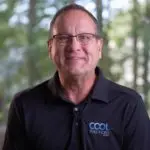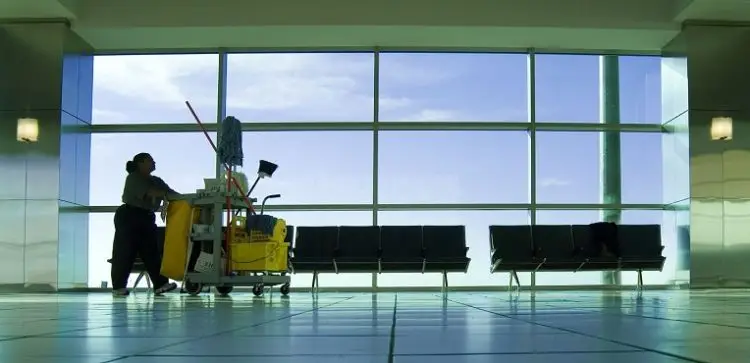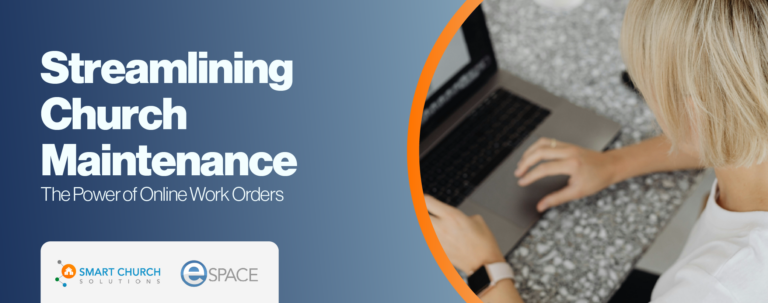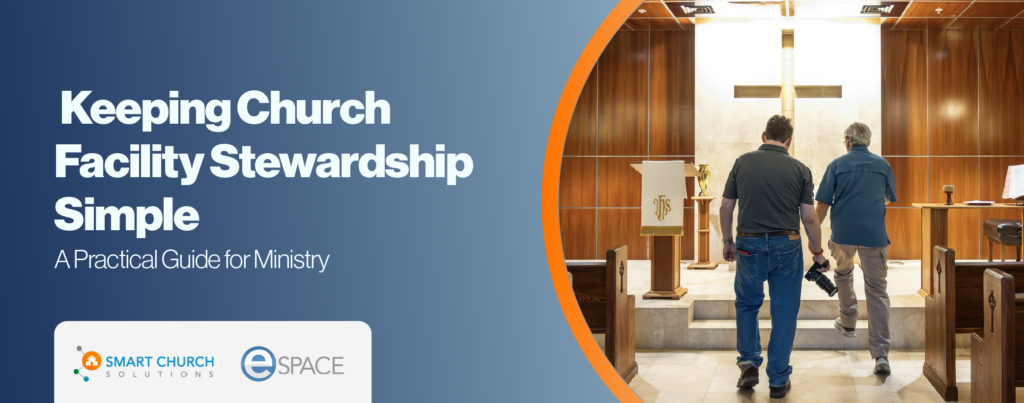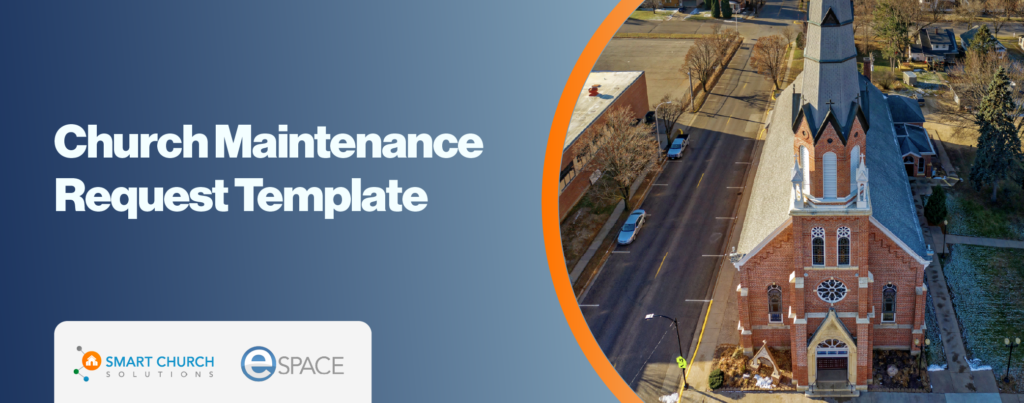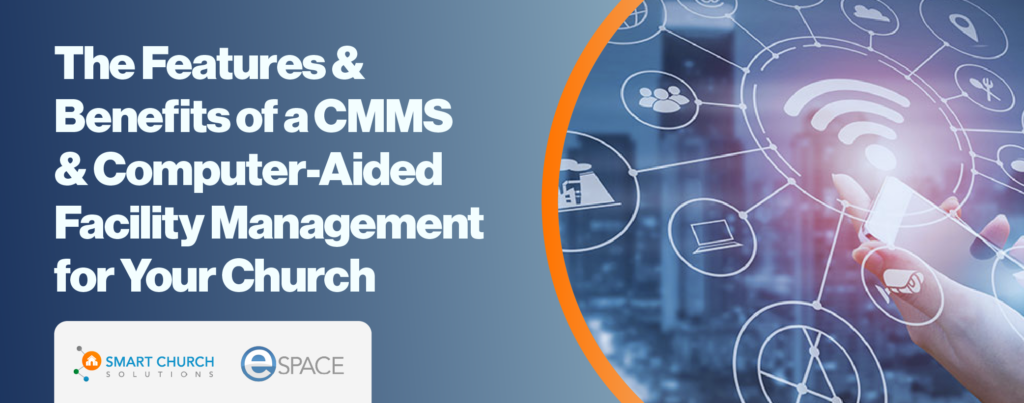You have probably heard that first impressions of your facility happen very quickly when a first-time guest comes in. So, we push our facility team to keep entrances clean. The concern is, what does clean mean to you? Clean is one part of a proper cleaning program in your facility, and while it is the most visually impactful, it doesn’t mean you have a “clean” facility.
Clean is one of the “Big 3” of a proper understanding of what it takes for a great custodial program. The other two are Sanitize and Disinfect. Let us look at their bios and see why they are all important.
Clean
Clean means free from visible dirt, marks, or stains. Keeping the trash picked up, wiping up Brother John’s coffee spill (again), wiping little Susie’s handprints off the glass door; that is cleaning. Keeping an area clean is very important to the program, but what if Brother John spilled his coffee on the table you are about to eat that donut on? Oh, and the rag he used to wipe up the spill is the same one he wiped his hands on after putting the raw chicken in the crock-pot for the potluck. Then, you hope that Sanitize is part of your program as well.
Sanitize
Sanitize means treating food-contact surfaces by a process that destroys vegetative cells (cells that are growing) of microorganisms of public health significance, and in substantially reducing numbers of other undesirable microorganisms, but without adversely affecting the product or its safety for the consumer. [pullquote]“Clean is one part of a proper cleaning program in your facility, and while it is the most visually impactful, it doesn’t mean you have a ‘clean’ facility.”[/pullquote]That last is important, because it means that the sanitizer will get rid of some nasties (99.999% of those that cause food-borne illness), but is (relatively) safe for you if you touch the residue. Sanitizers that are food contact rated are certified by the EPA first, and maximum use level for direct use on food contact surfaces are set by the FDA; they will be labeled as such. Most sanitizers will state that the first step to sanitizing is cleaning the surface of debris and spills first.
So, that makes the donut break at the table better, but what about little Susie’s handprint that got on the glass because she was wiping her runny nose? That is where Disinfect comes along.
Disinfect
Disinfect is like sanitize, except for the control issue. Disinfect does not want to leave anything alive on a surface it is on. Depending on type, wet dwell time may need to be 30 seconds to 10 minutes. A disinfectant can be tested and rated as a bactericide (kills bacteria), viricide (kills viruses), fungicide (kills fungus), and mildewcide (kills mildew). Many are rated for a great deal of things based on concentration and dwell time. Just like sanitize, most disinfectants require cleaning as the first step.
Fun Fact Time
Sanitizers and disinfectants that are registered with the EPA fall under the Federal Insecticide, Fungicide, and Rodenticide Act (FIFRA) because they are pesticides. They kill living organisms. Overexposure and improper use and handling can cause a great deal more harm in your facility than not using them.
So how do we keep the facility healthy with Brother John and little Susie running around? Simple, we get intentional in developing and training on a comprehensive cleaning procedure. We make sure our cleaning procedures utilize the proper mix of the “Big 3”. If you need assistance, Cool Solutions Group stands ready to partner with you and help you develop the program that welcomes guests to your clean (and sanitized and disinfected) facility.
Does your church meet in a facility (rented or owned)? Do you believe God has entrusted the care and stewarding of those facilities to you (or your church)? Are you proactive and intentional with these efforts? If any of these relate to you, then you need to get your copy of the Intentional Church Series: Facility Stewardship Manual.

